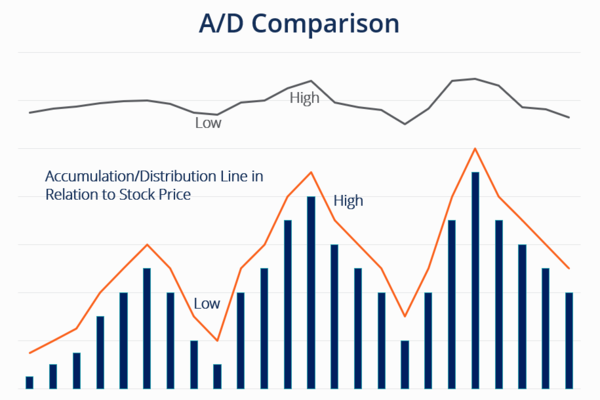What is the Simple Rules Method?
The simple rule method is one of the methods of currency control. It means
that as long as the monetary management authority supplies money at a fixed
rate, it can maintain stable economic growth. Its main creators are Professor
Friedman and other new currency advocates. Friedman believes that if each
situation is considered based on its own situation, then in most cases, wrong
decisions may be made. Because decision-makers only conduct inspections within a
limited scope without taking into account the comprehensive consequences of
policies,
On the other hand, if we adopt a general approach to a combination of
situations, then the existence of rules itself will have a beneficial impact on
people's attitudes, beliefs, and hopes, which cannot be considered even when
adopting identical policies for a series of individual situations.
Factors affecting the simple rule method
1. In advanced capitalist countries, under the generally allowable level of
unemployment, the national economy has inherent stability. Only when disturbed
by incorrect monetary policies can the internal stability of the national
economy be disrupted. This indicates that they are opposite the Keynesians. It
is believed that most of the situations that cause national economic disorder do
not come from the physical sector but from the monetary sector, which is caused
by excessive currency.
2. There are many uncertain factors in the formulation of economic policies.
Economic policymakers have several means at their disposal. They generally have
a relatively correct understanding of the direction in which each means will
drive economic operation. Unfortunately, they cannot accurately predict the
magnitude and timing of the effectiveness of their policies.
Even assuming they can do so, external developments will always lead to
unexpected results. There are roughly four sources of these uncertain
factors:
(1) People's knowledge of currency and economy is limited, coupled with
incomplete information and low accuracy, and the calculation methods are not
very modern. The number of forecasting personnel is not enough to match the
quality department. This makes it impossible for people to comprehensively and
accurately evaluate the current state of the economy.
(2) People's predictions about the specific exogenous variables that impact
the economy and the extent to which each variable will affect the economy are
inevitably inaccurate.
(3) The different opinions of different economists on the same economic
problem and the different views of the same economist on the same economic
problem at different times make people feel at a loss about these issues.
(4) There is a time difference in the effectiveness of monetary policy. This
type of time difference can be divided into various types, including recognition
time difference, decision time difference, and effect time difference. People's
understanding of the length and changes of these time differences is not
sufficient.
3. The goals pursued by monetary policy in today's capitalist countries are
mostly multiple, including stabilizing the currency, full employment, economic
growth, and balancing international payments. These goals conflict with each
other, and it is difficult for the same monetary policy to achieve two or more
goals simultaneously.
4. Leaving the issue of money supply to the monetary management authorities
or even the government for discretionary decision-making and consideration is
not in line with the standards of self-governing society but also susceptible to
political and economic pressure. Due to changes in government and monetary
authorities, it is also easy to cause chaos and lead to "unfortunate
consequences". Moreover, discretionary decision-making is also influenced by
purposes other than stabilizing the economy and those that contradict it. Even
after knowing its mistakes, it often turns a blind eye and does not correct
them. In this way, making discretionary decisions on the money supply not only
fails to achieve the expected results but also becomes an important cause of
economic turbulence.
Based on the above considerations, Friedman and others strongly oppose the
use of contingency methods to determine the money supply and strongly advocate
for the legislative body to formulate rules and order the monetary authorities
to increase the amount of money in a specific proportion. The main content of
this rule is to choose an appropriate percentage of currency growth. Friedman
has conducted long-term research on this topic, titled "Optimal Currency
Quantity". In the article "The Monetary Stability Case," published in 1960, he
believed that in the past 90 years in the United States, an annual growth rate
of 4-5% was more appropriate for the amount of money. Among these 4-5%, a growth
rate of about 3% is equivalent to the growth rate of production, and the
remaining 1-2% is equivalent to the growth of population and the increase in the
amount of money that the public wants to keep with the increase in actual
income.
Disclaimer: Investment involves risk. The content of this article is not an investment advice and does not constitute any offer or solicitation to offer or recommendation of any investment product.






